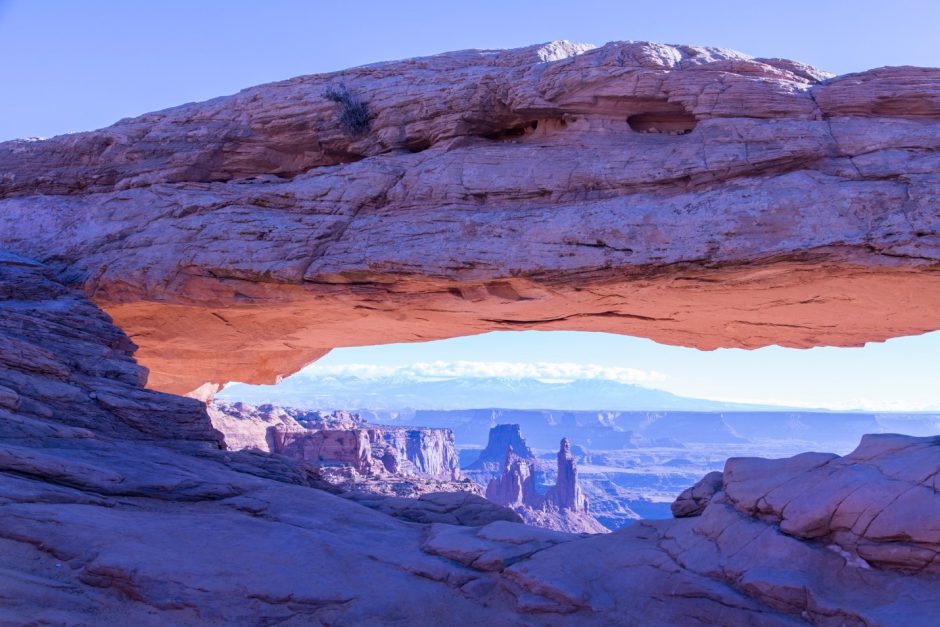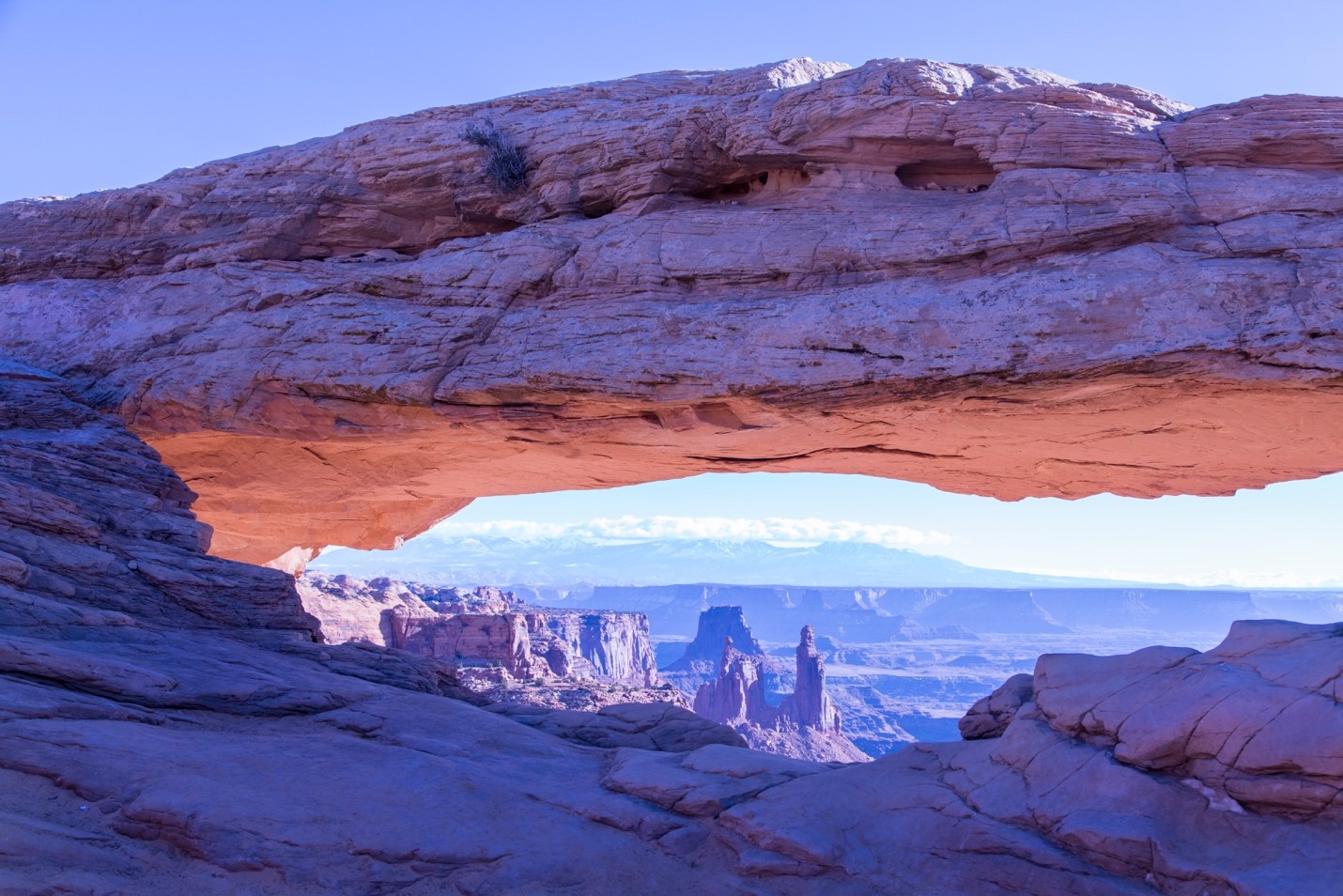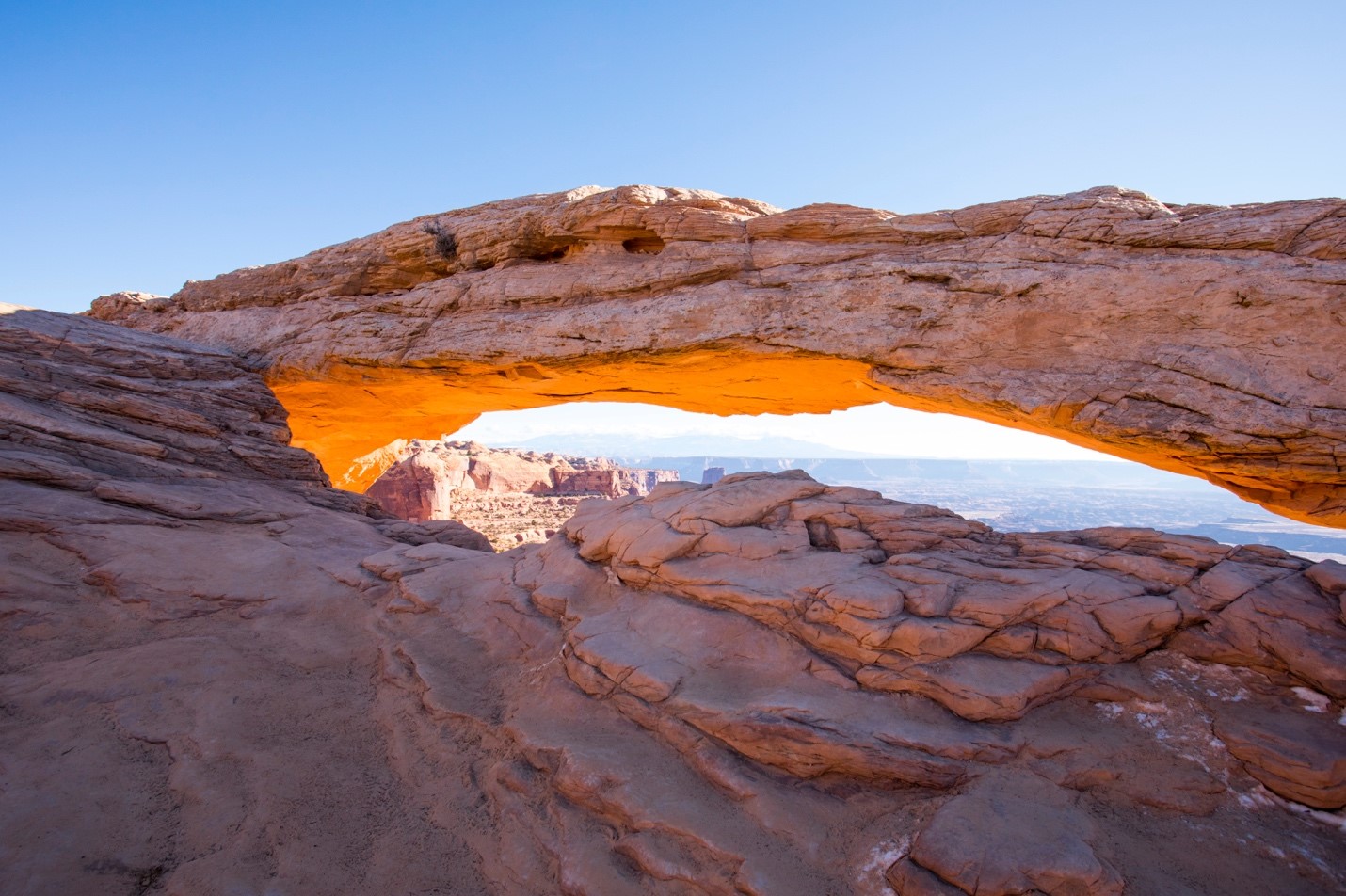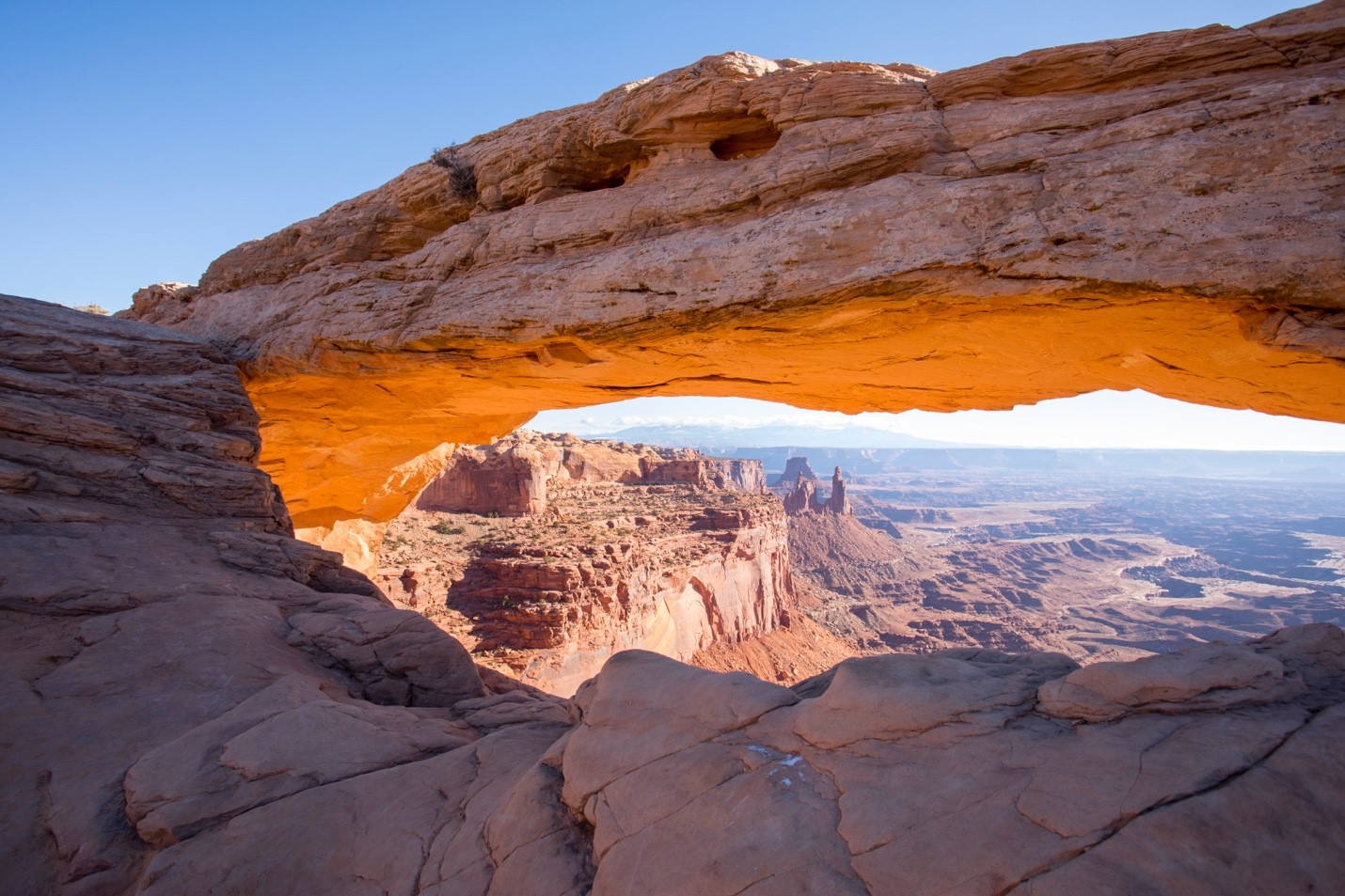
Photo Jargon – Full Frame Equivalent (FFE)
If you’ve got a camera system that requires you to change lenses, you do doubt have a general idea of what focal lengths do what. However, with the advent of micro 4/3s cameras, the general mirrorless realm, plus crop frame and full frame DSLRs, a 100mm lens can mean wildly different things based on your camera system.
Enter the term “full frame equivalent” to your photo jargon vocabulary.

The term full frame equivalent is used specifically when talking about lens focal lengths to have a standard unit of measurement. And the standard is what that lens would translate to on a full-frame camera.
Allow me to explain…
For example, if you have a Nikon crop-frame DSLR, there is a “crop factor” of 1.5 times the focal length. Thus, if you are using a 200mm lens, it’s effectively a full frame equivalent of 300mm.
Some mirrorless cameras have a 2x crop factor, which means that the written focal length of a lens is actually multiplied by two to get that full frame equivalent. Thus, a 200mm lens on these systems actually gives you a 400mm full frame equivalent, or FFE for short.
Why is all this important?
Well, principally, it’s the same way any language is important. We come up with words and definitions so we all know what we’re talking about with minimal extra explanation.
The way this pertains to guided photographic adventures can be significant. If I’m, say, standing at a viewpoint in Borneo about to observe a massive male orangutan descend from the tree, I might recommend to my group that they switch to something around 300mm focal length so that we can zoom in and fill the frame with this incredible animal.

But as you can see, 300mm might be arbitrary if that can be a straight 300mm on some camera platforms, or as much as 450mm or 600mm on other platforms. This could mean the difference in nailing the shot, or leaving it a bit lackluster.

See what I mean above?
So, what we’re talking about here is coming up with a standard unit so that it’s up to the camera owner to do the quick math, who is no doubt the most qualified person to know the conversion factor of their own camera body.
Pro Tip: if you don’t know your conversion factor of your own camera body, now is a great time to look that up in your camera’s manual.
This is equally important on the wide end of the spectrum. That is, for landscape and general travel photos.
For landscape photos, it’s quite the opposite…you want to make sure that you don’t have too much telelphoto capability. In other words, a 17mm lens can be significantly different if that’s a straight 17mm, or if it’s 17 x 1.5 or 17 x 2. (and keep in mind, different cameras range all throughout that spectrum…).

For instance, the above photo is shot very wide…approximately at 17mm.
However, the below photo is shot closer to 35mm.

As you can see, both are really neat photos, great blue skies, both decent composition, but two rather different shots. Now is not the time for me to go into which one is better. It’s mainly to make a point that even though the barrel of your lens says 17mm, it might not be a full frame equivalent of 17mm, and thus it might not get you as wide as you want…or even too wide in some cases.
How to use this FFE terminology
If you are an avid reader of The Natural Photographer, you’ll note that I frequently post “what’s in my camera bag” articles to get you prepped and prepared for the world’s greatest nature photo adventures. I often give a range of focal length recommendations for various expeditions, and often provide both full frame and crop frame recommendations. However, most of the times you see focal length recommendations in books, blogs, and various publications, it’s all based on full frame equivalent. Plus, new cameras are coming out that are reinventing the game when it comes to the multipliers of these focal lengths, and thus you’ll want to nail my recommendations by doing your own conversion to FFE.
You’ll also want to think about FFE when researching, renting, and purchasing new lenses. For instance, on those camera systems that do have a 2x crop factor, you can hardly expect to find a lens in your system that is more than 300mm. Thus, if I’m recommending a 400mm lens for a particular wildlife photo activity, it’s key for you to realize that this is 400mm FFE…if you have a 1.5x or 2x crop factor, you actually don’t need more than a 300mm or 200mm lens, respectively.
In conclusion…
Hopefully this all makes a little sense and is helpful for you going forward. At the end of the day, there are a couple takeaways from this.
One, this term is entirely designed to help you when comparing what focal lengths and lenses people choose for photographing specific scenes.
And two, it’s key for you to know your own crop factor so that you can do your own conversions. There are now at least 6 different levels of crop factors on cameras nowadays, ranging from 1.4 to 2.0 times the focal length. Even a small difference can be big when you think about multiplying 100, 200, or even on a 300mm lens.
As you continue your own quest for mastering photography, and mastering your own camera system, take these recommendations and go forward and give it a shot!
Cheers!

Court
2 Comments

Khürt Williams
October 22, 2023 at 5:55 am

Court Whelan, Ph.D.
October 27, 2023 at 12:44 pm
Hi Courts, I ended up here after looking for a way to explain the differences in crop factors between various sensors. The article is well-written and does an excellent job explaining things.
I wanted to subscribe to the blog via RSS, but the website either doesn’t support RSS or I can’t find the feed link. Do you support RSS?
Hi Khurt! Thanks for this note and asking! I don’t believe the website support RSS, only subscription via email. Apologies, but I’ll indeed mention this to our dev team to see if that’s something we can add in the future.
Thanks again!